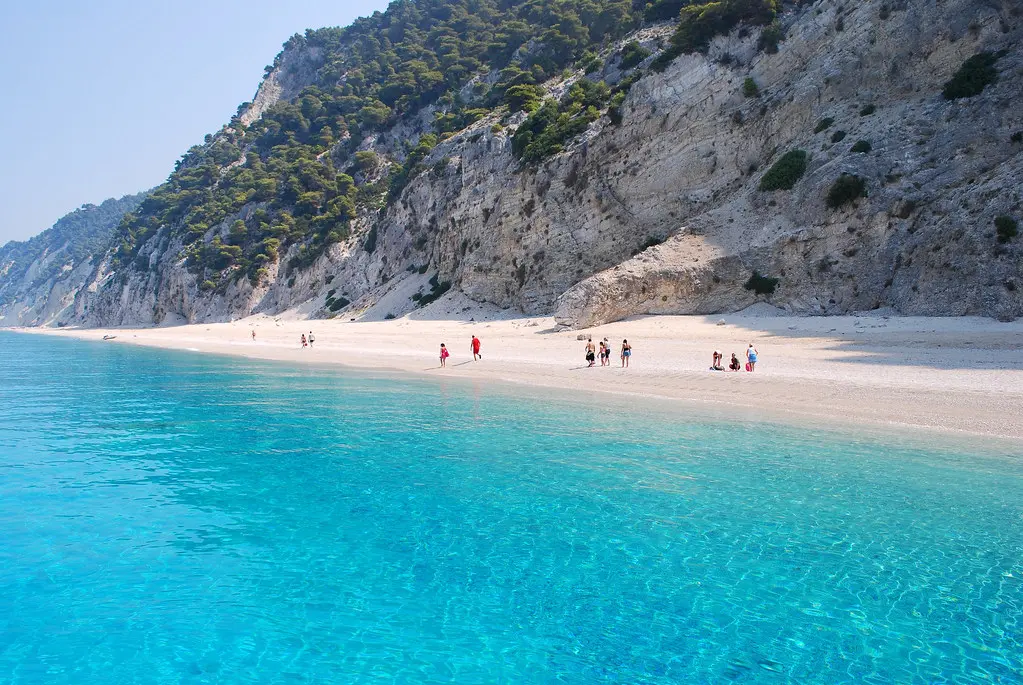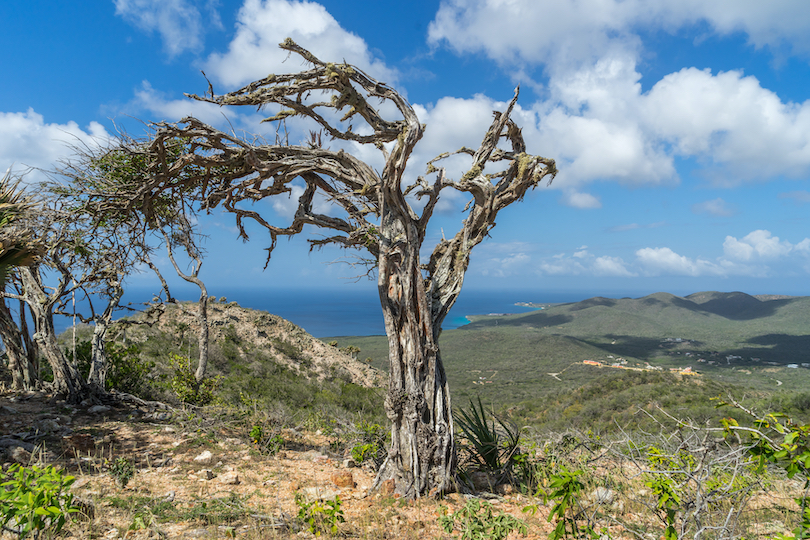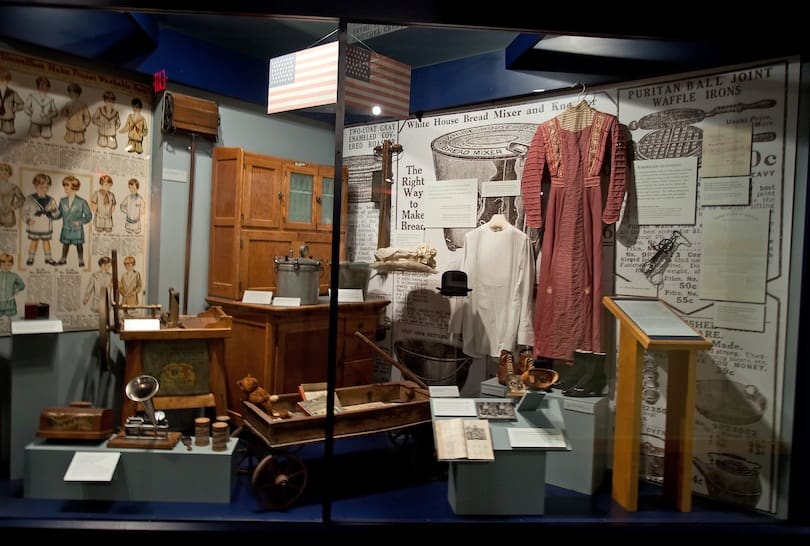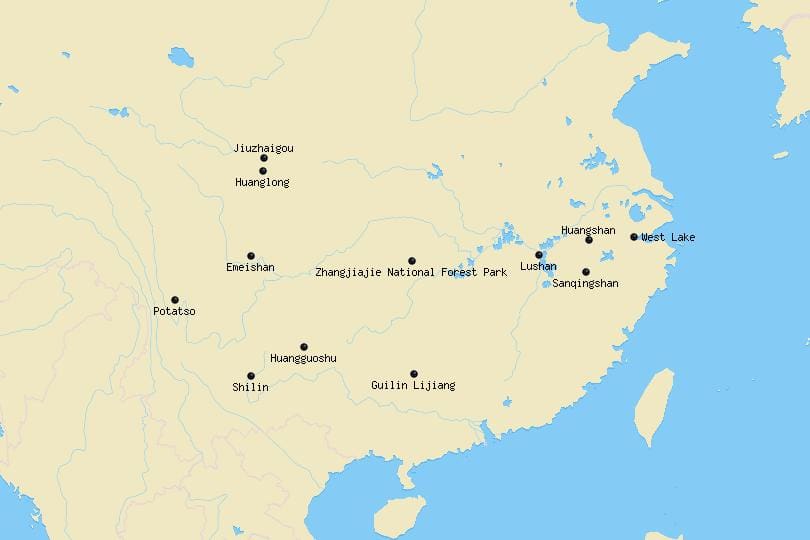Easter Island, known as Rapa Nui in the local language, is a captivating and enigmatic destination located in the southeastern Pacific Ocean. This remote volcanic island holds a wealth of mysteries, including the iconic Moai statues, making it a unique place to explore. In this article, we will delve into the secrets of Chile’s Easter Island, uncovering its history, culture, breathtaking landscapes, and more.
Introduction
Stepping foot on Easter Island is like entering a world shrouded in intrigue. This tiny island, spanning just 63 square miles, holds an immense historical and cultural significance. Located over 2,000 miles off the coast of Chile, it offers visitors an opportunity to immerse themselves in a place steeped in mystery and wonder.
1. History of Easter Island
The history of Easter Island is a fascinating tale that stretches back over a millennium. It is believed that Polynesian settlers arrived on the island around the 13th century, establishing a unique civilization. Over time, the islanders constructed impressive stone figures known as Moai, which are now synonymous with Easter Island.
2. Mysterious Moai Statues
The Moai statues are undoubtedly the most iconic and intriguing feature of Easter Island. These colossal stone figures, some weighing over 75 tons, were meticulously carved by the island’s inhabitants. The purpose behind their creation and the methods used to transport them across the island continue to baffle archaeologists and historians.
3. Rapa Nui Culture
Easter Island is home to the Rapa Nui people, who have preserved their distinct culture despite years of isolation. Through the vibrant music, dance, and traditional crafts, visitors can gain insights into the rich heritage and customs of this resilient community.
4. Geographical Features
Beyond the fascinating cultural heritage, Easter Island boasts awe-inspiring natural landscapes. From rugged volcanic terrain to pristine beaches, the island offers a diverse range of geographical features. Exploring the volcanic craters, coastal cliffs, and picturesque coastline will leave visitors in awe of the island’s natural beauty.
5. Archaeological Sites
Easter Island is a treasure trove of archaeological sites that showcase the island’s ancient past. The most notable sites, such as Rano Raraku and Ahu Tongariki, reveal the incredible craftsmanship of the Moai and provide a glimpse into the island’s historical significance.
6. Ecotourism on Easter Island
With its unique ecosystem and abundant marine life, Easter Island is an ideal destination for ecotourism. Visitors can partake in activities such as snorkeling, diving, and hiking to explore the island’s rich biodiversity while ensuring minimal impact on the environment.
7. Best Time to Visit
Choosing the right time to visit Easter Island is crucial to make the most of your experience. The island enjoys a mild and subtropical climate, with the warmest months being January and February. Consider planning your trip during the shoulder seasons to avoid large crowds and make the most of pleasant weather conditions.
8. How to Get to Easter Island
Reaching Easter Island requires a flight from mainland Chile. The main gateway is Mataveri International Airport, which receives regular flights from Santiago. It is advisable to book your flights in advance, as availability can be limited due to the island’s remote location.
9. Accommodation Options
Easter Island offers a range of accommodation options to suit various budgets and preferences. From luxurious resorts to cozy guesthouses, visitors can find a place to stay that caters to their needs. It is recommended to book accommodation well in advance, especially during the peak travel season.
10. Local Cuisine
Exploring the local cuisine is an essential part of any visit to Easter Island. Traditional dishes often feature fresh seafood, including fish and shellfish, prepared with a unique blend of flavors and spices. Trying the island’s traditional delicacies provides a delightful culinary experience.
11. Conservation Efforts
Preserving the fragile ecosystem and cultural heritage of Easter Island is of utmost importance. Conservation efforts are underway to protect the island’s natural resources and raise awareness about sustainable practices. Visitors are encouraged to respect the environment and contribute to these conservation initiatives.
12. Unique Experiences
Apart from marveling at the Moai and immersing yourself in the island’s culture, Easter Island offers several unique experiences. Witnessing the captivating sunrise or sunset against the backdrop of the Moai is a sight to behold. Exploring hidden caves, swimming in crystal-clear waters, and stargazing under the unpolluted night sky are experiences that will stay with you forever.
13. Sustainable Tourism
As the number of visitors to Easter Island continues to grow, it is essential to prioritize sustainable tourism practices. Travelers can contribute to the preservation of the island’s unique heritage by being mindful of their environmental impact, supporting local businesses, and respecting the local culture.
Conclusion
Unraveling the secrets of Chile’s Easter Island is a journey that promises unforgettable experiences. From the intriguing history and mesmerizing Moai statues to the vibrant Rapa Nui culture and breathtaking landscapes, every aspect of this remote island captivates the imagination. By embracing sustainable tourism and immersing ourselves in the wonders of Easter Island, we can ensure its preservation for future generations.
FAQs
- What is the significance of the Moai statues?
- The Moai statues hold immense cultural and historical significance for the people of Easter Island. They are believed to represent ancestral figures and were likely erected to honor important individuals or mark significant locations.
- Are there any restrictions on visiting Easter Island?
- Yes, there are certain restrictions in place to protect the island’s fragile ecosystem and cultural heritage. Visitors must obtain a special entry permit called the Rapa Nui Visa, which can be obtained upon arrival or in advance.
- Can you swim or dive near Easter Island?
- Absolutely! Easter Island offers excellent opportunities for swimming and diving. The crystal-clear waters surrounding the island are teeming with vibrant marine life, making it a paradise for underwater enthusiasts.
- Is it possible to learn about Rapa Nui culture during a visit?
- Yes, visitors have the chance to learn about Rapa Nui culture through various cultural performances, visits to local communities, and interactions with the island’s residents. Engaging with the local people is a wonderful way to gain insights into their customs, traditions, and way of life.
- How long should I plan to stay on Easter Island?
- To fully experience the wonders of Easter Island, it is recommended to plan a trip of at least 3-4 days. This allows ample time to explore the archaeological sites, immerse yourself in the local culture, and appreciate the island’s natural beauty.














